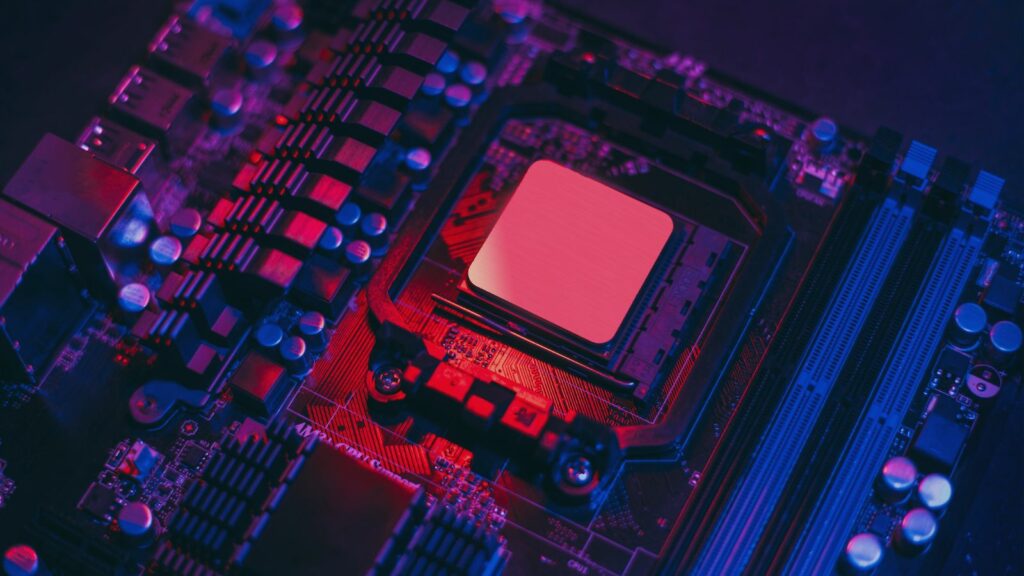Gaming tech has had a recent breakthrough with graphene processors becoming even more of a reality. If you don’t know what a graphene processor is, we’re here with all the details, including what they are, how they differ from traditional silicon CPUs, and what this means for our gaming PCs.

What is a Graphene Processor?
A graphene processor is made from high-quality graphene consisting of a single layer of carbon atoms arranged in tessellated hexagons, similar to a honeycomb. This material is stronger than steel, resistant to heat, and is an excellent electrical conductor. All of which makes graphene perfect for constructing the next generation of CPUs.
How is a Graphene Processor Different to a Silicon One?
A traditional silicon processor requires large amounts of power and cooling to ensure it continues to perform as intended. However, graphene is notably faster and more energy efficient. This material is incredibly flexible, meaning it’s easier to use to build electronics.

The key difference between graphene and silicon is the lack of a band gap. A band gap is a crucial aspect of a processor, or semiconductor, as it’s what allows it to switch on and off. Graphene didn’t have one until a team of researchers discovered how to grow one.
After 10 years of testing and research, they successfully grew graphene on specialised silicon carbide chips. As a result, graphene can now serve as a high-quality, fast, and efficient semiconductor.
Why is a Graphene Processor Good for Gaming?
A graphene processor would boost our gaming to incredible new heights. Boasting powerful performance, blisteringly fast speeds, and incredible efficiency, we could enjoy playing our favourite AAA games using a fraction of the power.
Graphene CPUs require less energy to switch on and off, along with creating notably less heat. In terms of gaming, this would mean you aren’t required to pair your CPU with a high-performance AiO or fans to ensure optimum temperatures. Instead, you could reap all the benefits of cutting-edge performance without putting excess strain on your energy bills.

To put it simply, graphene processors would open new possibilities for building incredible energy-efficient PCs that don’t compromise on performance or cooling.
When Will Graphene Processors Be Available?
With the first prototype of a graphene processor only recently being made, we’ve still got a long way to go until we see graphene CPUs hitting the market.
Hopefully, over the next few years this tech will become more refined and tested, paving the way for these innovative processors to power our gaming PCs soon.
What Are Your Thoughts on Graphene Processors?
Whilst we can’t expect to see graphene processors any time soon, what are your thoughts on this incredible breakthrough? Do you think graphene processors will be the future of CPUs? Let us know in the comments.
